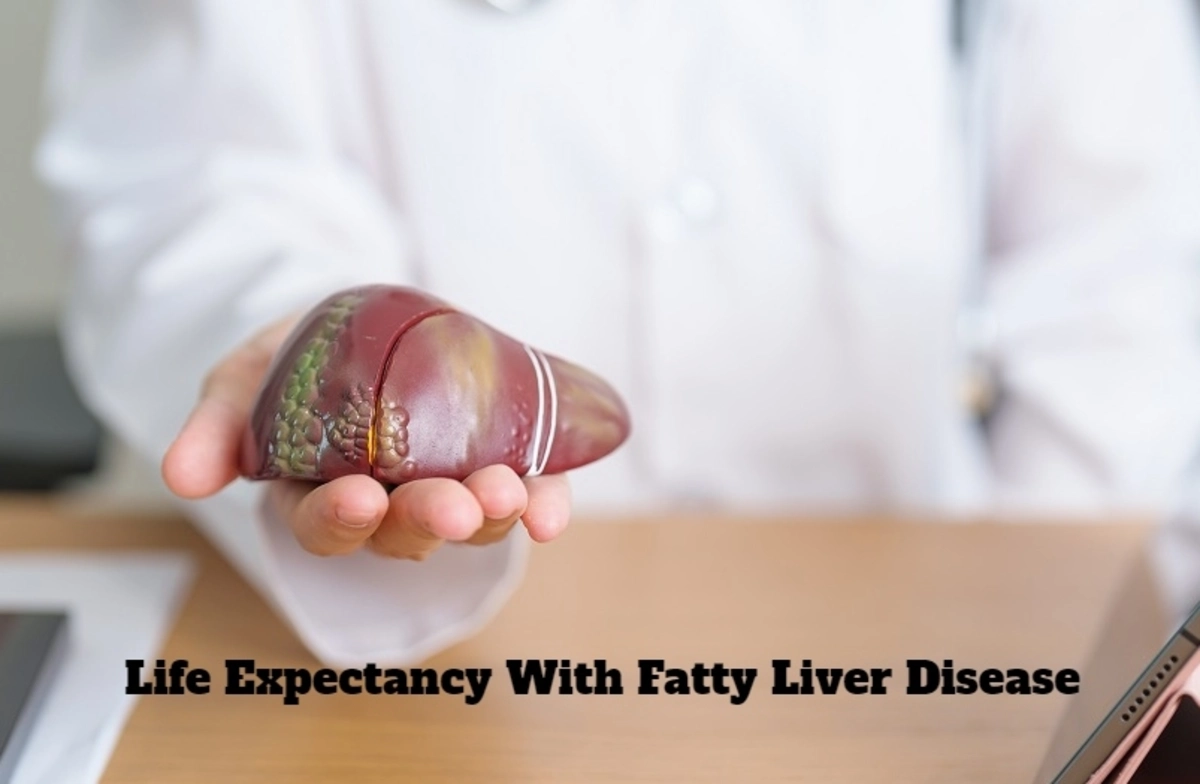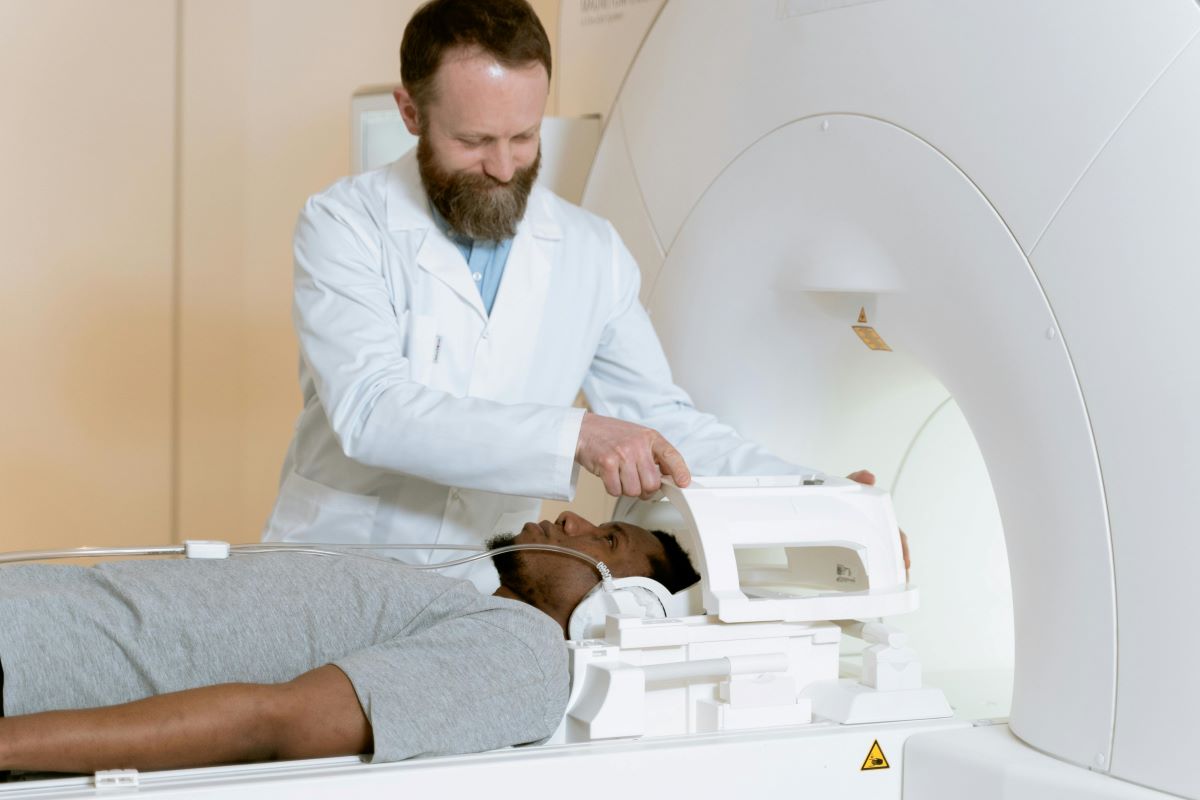What does fatty liver mean? Fatty liver disease, medically known as hepatic steatosis, is a growing global health concern. Although people typically do not consider fatty liver disease fatal in the early stages, its impact on life expectancy becomes increasingly significant as the condition progresses.
This article examines the association between a fatty liver condition and life expectancy with fatty liver disease, along with the variables that influence outcomes, and discusses treatment options for this condition. But first, let’s understand what causes fatty liver disease.
Understanding Fatty Liver Disease
What is fatty liver disease?
The prognosis of fatty liver disease can be considerably improved with the right therapy and lifestyle changes, even though it is a serious health concern. Effective condition management requires addressing both fatty liver disease symptoms and underlying causes. However, people with a condition known as fatty liver can take back control of their wellness and take steps to reduce symptoms of fatty liver disease, avoid problems, and improve their general well-being by adopting a nutritious diet, sticking to prescribed fatty liver disease treatments, and getting early medical advice.
There are two main types of fatty liver disease: alcoholic fatty liver disease (AFLD) and nonalcoholic fatty liver disease (NAFLD). Obesity, inactivity, and unhealthful eating practices are all associated with NAFLD. Both types can lead to liver inflammation and scarring, potentially progressing to more severe diseases.
Life Expectancy in the Early Stages
Early on, fatty liver disease can fail to produce any symptoms of fatty liver disease at all, which makes it difficult to diagnose. During this period, the liver can still perform its vital functions, generally leaving life expectancy unaffected. But now, there is a critical period of opportunity to act and stop the disease’s progression. The factors affecting life expectancy are as follows:
Advanced Stage Progression:
Fatty liver disease can progress to cirrhosis or non-alcoholic steatohepatitis (NASH) if neglected. Both of which have a significantly negative influence on life expectancy. Cirrhosis involves the replacement of healthy liver tissue with damaged tissue, leading to liver failure. NASH involves inflammation of the liver and destruction of liver cells. Progression rates vary among individuals and may be influenced by genetics.
Diet and lifestyle:
If you want to treat fatty liver disease, lifestyle changes are essential for treating fatty liver disease. However, regular physical activity and a low-fat meal plan can help lower extra liver fat and enhance general health. Starting a healthy lifestyle early can slow down disease progression and extend life expectancy.
Alcohol Use:
For those with AFLD, quitting alcohol is essential to slow the disease’s course. So, the lifespan can be drastically shortened by serious liver damage brought on by persistent alcohol misuse.
Interventions Medication:
There are many types of medication to avoid fatty liver disease. When a fatty liver condition reaches advanced stages, interventions are required. However, a liver transplant in extreme situations, medicine to manage problems, or clinical trials testing novel therapeutics are all possible forms of fatty liver disease treatment.
Comorbidities:
Fatty liver disease is frequently linked to other medical disorders like hypertension, diabetes, and coronary artery disease. Effectively treating certain comorbidities can lengthen life expectancy.
Fatty Liver Disease and its Symptoms
People may not have any fatty liver disease symptoms in the beginning stages of fatty liver disease, but as it worsens, they may start to notice the following fatty liver disease symptoms:
- Fatigue: Patients with fatty liver disease often experience chronic fatigue, caused by the damaged liver and the discomfort it induces.
- A feeling of discomfort: In the right upper quadrant of the abdomen: The swollen liver may cause mild-moderate to severe pain or discomfort.
- Ascites: Liver cirrhosis may cause retention of fluid in the abdomen, resulting in discomfort and oedema.
- Weight Gain or Loss: Metabolic alterations and impaired liver function may cause unexplained weight gain or loss.
- Weakness: Impaired nutrient absorption brought on by impaired liver function might result in malnutrition.
- Jaundice: In extreme cases, skin and eye yellowing may happen, signaling liver damage and slowed bilirubin metabolism.
Management and Protection
Health technology is very advanced these days, so you should not worry about anything. Just take care of yourself and be healthy. Moreover, always stay alert about your body conditions. To figure out how to cure a fatty liver. You should follow the below-mentioned instructions.
- Regular Medical Checkups: Visiting your doctor regularly will help you catch fatty liver disease early and monitor it, allowing you to take prompt action. So, always visit the healthcare office timely.
- Having healthy habits: It is essential for regulating and avoiding fatty liver disease. Reducing hepatic fat accumulation by weight loss through workouts and a healthy fatty liver disease diet can help.
- Limit Your Alcohol Consumption: If you have received a diagnosis of AFLD, you must completely refrain from alcohol in order to prevent your liver from worsening.
- Clinical trial participation and medication: In more advanced phases, these two factors may provide therapeutic possibilities.
The Bottom Line
If fatty liver disease is not treated, especially as it advances to more severe stages, it can have a major negative influence on life expectancy. The impact of this disorder on life expectancy can be reduced with prompt diagnosis, lifestyle changes, and attention to medical guidance. A healthy future and a longer, happier life can be achieved by treating fatty liver disease proactively. So, keep in mind that a healthy liver contributes to a healthy existence.
Frequently Asked Questions
What are the 3 signs of a fatty liver?
Fatigue, weight gain or weight loss, weakness, jaundice, and discomfort in breathing.
What is the survival rate for a fatty liver?
According to the underlying reason and personal health considerations, the survival probability for a fatty liver may vary greatly.
How long does it take for fatty liver to turn to cirrhosis?
Depending on the individual, cirrhosis can develop from fatty liver at different rates.
How long does it take to fix a fatty liver?
The length of time it needs to “fix” an unhealthy liver might vary based on the condition’s severity, specific variables, and how well the fatty liver disease treatment and lifestyle changes are working.
How much weight do you lose to reverse fatty liver?
A between five and ten percent weight loss would equal 10 to 20 pounds for a 200-pound person.
What is the fastest way to cure a fatty liver?
Exercise daily, and take care of your fitness. Maintain a balanced fatty liver disease diet, and bring therapies. In fatty liver disease Self-care is so important. Currently, there are numerous newly developed treatments available for fatty liver disease.




